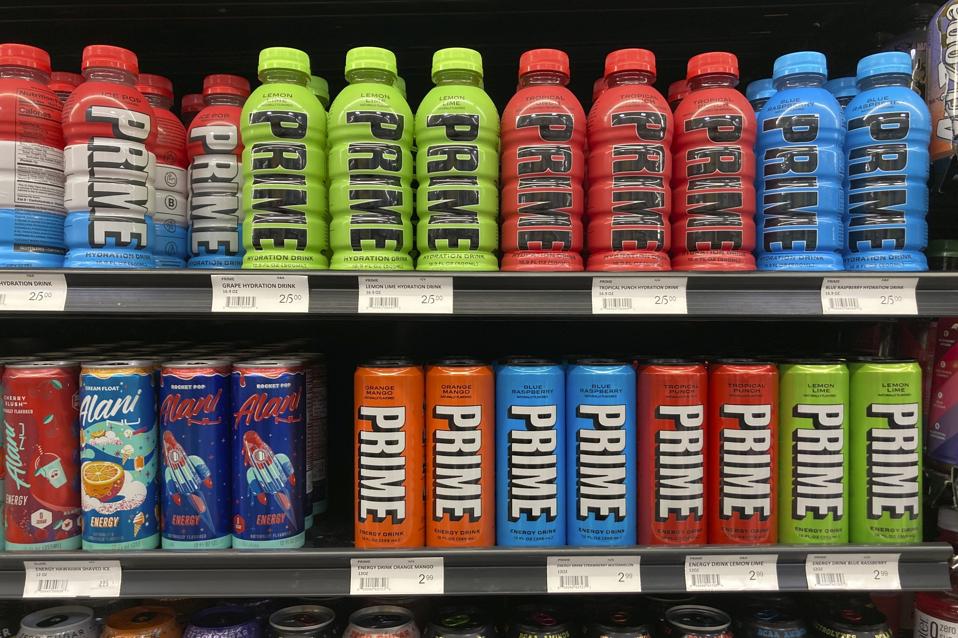“Sales Overnight, Brand Overtime” was the time-honored route to marketing success for many of the biggest brands in the market. Use promotional tactics to drive your sales every day at the shelf, and patiently build your brand equity over the long term. Keep sales and brand functions separate. These were different areas of an organization with different jobs-to-be-done and different KPI’s.
Disruptor brands have rewritten the playbook. Many of these brands were born in commerce and built for commerce. Today, by using the right tools and channels, they are achieving “Brand Overnight AND Sales Overnight” – by creatively bringing “brand love” and “brand buy” closer together. That spells trouble for traditional marketers, who can be caught playing checkers while disruptor brands play chess (or perhaps Fortnite!)
There are many examples. Check out The Pink Stuff, the fluorescent pink “miracle cleaning paste,” which leveraged “cleanfluencers” on social media, and the power of channels like TikTok to quadruple sales from 2018 to about $125 million a year. Or look at Prime Hydration, an energy drink launched by two famous YouTubers in 2022, which went from zero to hero – achieving a reported $250 million in Year One – by working social media algorithms and sports sponsorships. Prime built a power brand in double-quick time and created a feeding frenzy at retail. Not that the category needed another sports drink.
Marketers may question the staying power of these brands, or even their relative size compared to legacy players – they are minnows to the CPG brand whales. But that’s not the point. Instead, we should reflect on what we can learn from the disruptors – those brands custom-made for commerce – and how we can accelerate our own brand development and innovate with commerce execution and skill. If we aren’t paying attention, these minnows will take a mighty big bite out of annual performance and growth targets.
So, what are some of the lessons?
Most importantly, disruptors don’t concern themselves with old-fashioned notions of building brand equity via awareness through mass media and conventional channels to market. They hack the system, innovating in their use of personalities (mainly influencers), products, promotions, and distribution – old and new – to supercharge their brands. They aren’t concerned with following a playbook. They are concerned with creating relevance with their consumers and getting discovered in ways that immediately lead to conversion.
Disruptors naturally gravitate to social commerce for this very reason (that’s where their customers are!), and increasingly, that is where their customers turn to search and turn to for inspiration. The goal is to constantly design experiences in unexpected moments that become shoppable moments (often experiential), provide access to shoppable experiences via QR codes, instinctively think about symbiotic and mutually beneficial partnerships (1+1=3), and believe that commerce can be socially responsible and for the greater good. I guess you can call it the new impulse shopping.
These themes and more are explored in a new report released by VML (full disclosure – my agency) called “Tomorrow’s Commerce” – 20 future trends, many of which are being leveraged by disruptors now.
We might call it “Tomorrow’s Commerce”, but why wait for tomorrow? The disruptor brands aren’t – and, for that matter, neither are today’s shoppers and consumers. They crave newness, freshness, relevance, and authenticity. You can’t bore me into buying. Engage me, surprise me, seduce me, sell me (whenever and wherever I want to buy). Use new tools and techniques – and if they aren’t there already, invent them. Embrace the principles of Creative Commerce in both the brand itself and how it’s brought to market.
That requires a completely different mindset to the traditional way of creating, launching, and activating a brand. It also needs a kind of “trust fall” attitude, because once you have brought your brand into the world, it quickly becomes the property of users. Just as social media transformed the relationship between consumers and brands, Tomorrow’s Commerce recognizes that the shopper and buyer of today behaves very differently, and brands need to design for these changes beginning with integrating sales and marketing.
The idea is to fuse brand storytelling and sales, something disruptors do particularly well. They are organized around what I call “storyselling”, and they tell and sell those stories in truly interesting ways. They also aren’t afraid of the future; in fact, they dive headlong into tomorrow – using AI along with the other tools of “Tomorrow’s Commerce” – to speed the creative and execution process. They also recognize that their consumer buyers will do a better job of selling then they will.
Don’t get stalled in the past. We all need to think a little more like the disruptors, because Tomorrow’s Commerce really is here today.

